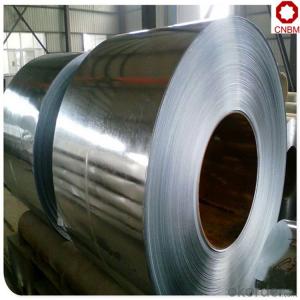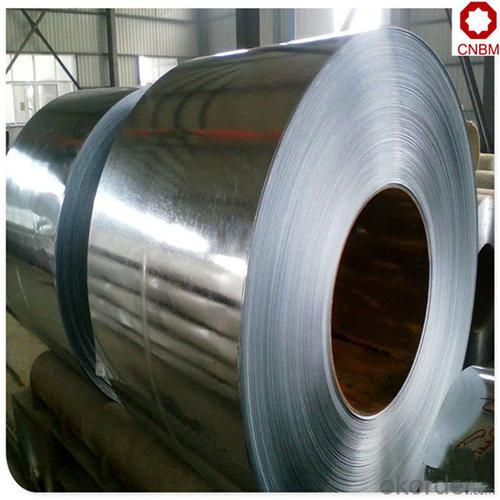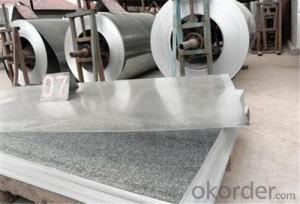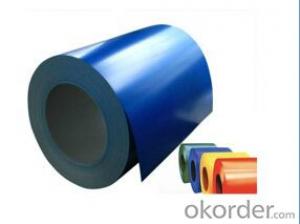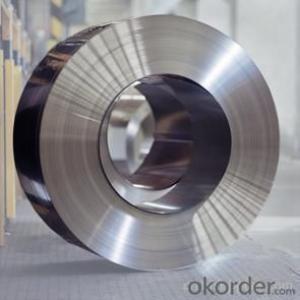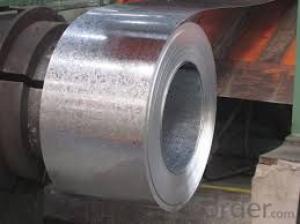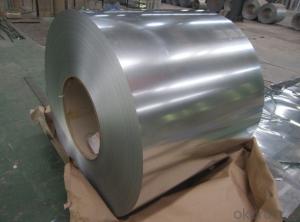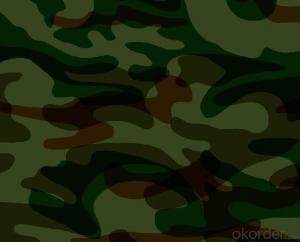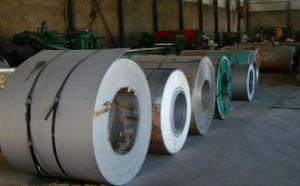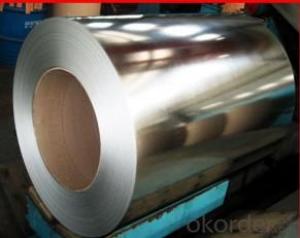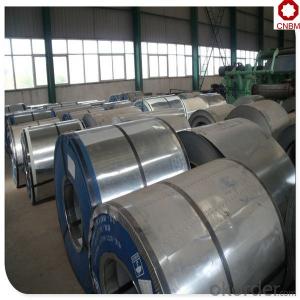Gavanized steel coil in hot dipped low price DX51D+Z
- Loading Port:
- China main port
- Payment Terms:
- TT OR LC
- Min Order Qty:
- 25 m.t.
- Supply Capability:
- 35426 m.t./month
OKorder Service Pledge
OKorder Financial Service
You Might Also Like
Specification
We are specialized in types of hot dipped galvanized, galvalume, prepainted steel products, corrugated steel sheet, etc.
Main Features of the Hot-Dip Galvanized Steel Sheet:
• Excellent process capability
• Smooth and flat surface
• Workability, durability
• Excellent anticorrosive property
• High strength
• Good formability
• Good visual effect
STEEL GRADE | CHEMICAL COMPOSITION % | MECHANIC PROPERTY | C.B OF COATING | COATING | |||||||||
C | Si | Mn | S | P | T.S | Y.S | E.L | ||||||
x103 | x103 | x102 | x103 | x103 | Mpa | Mpa | % | d=0 180° | G/M² | ||||
JIS G3302 SGCC | 12 | 30 | 41 | 31 | 21 | 480 | 300 | 13 | OK | Z60-150 | |||
JIS G3302 SGCH | 12 | 10 | 21 | 18 | 8 | 680 | 650 | OK | Z60-150 | ||||
ASTM A653 CS.B | 20 | 30 | 60 | 35 | 30 | 386 | 205~380 | 20 | OK | Z80-275 | |||
DX51D+Z | 29 | 21 | 18 | 1.8 | 11 | 355 | 245 | 38 | OK | Z80-275 | |||
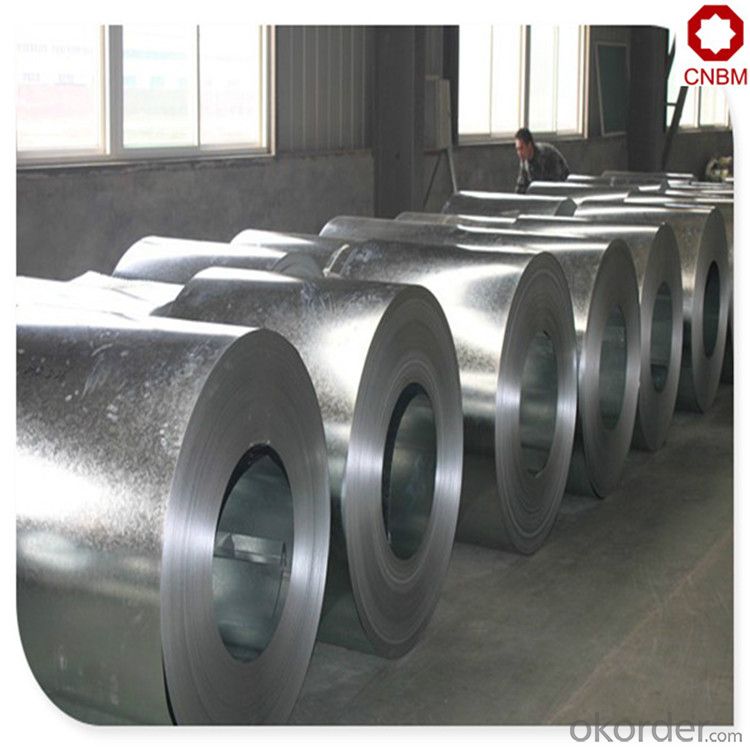
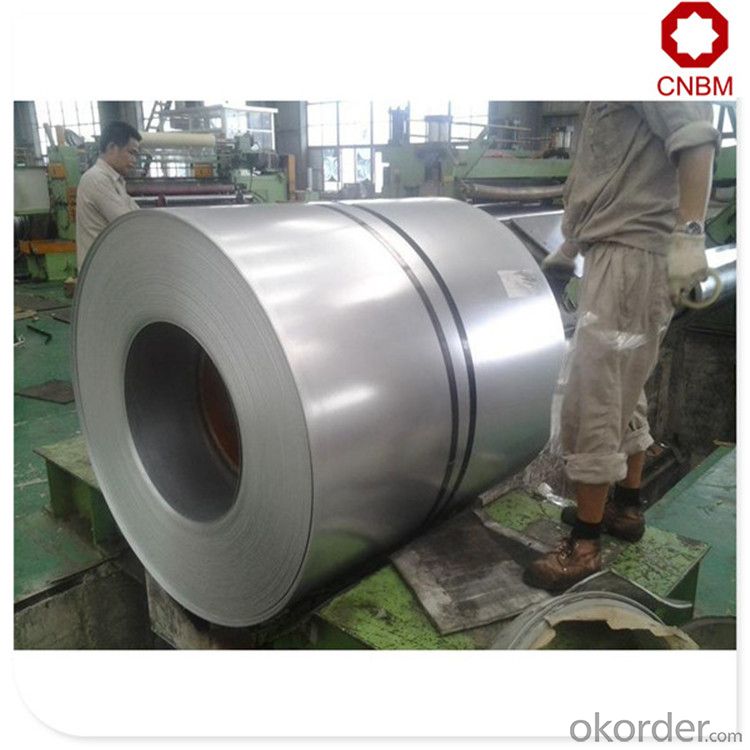
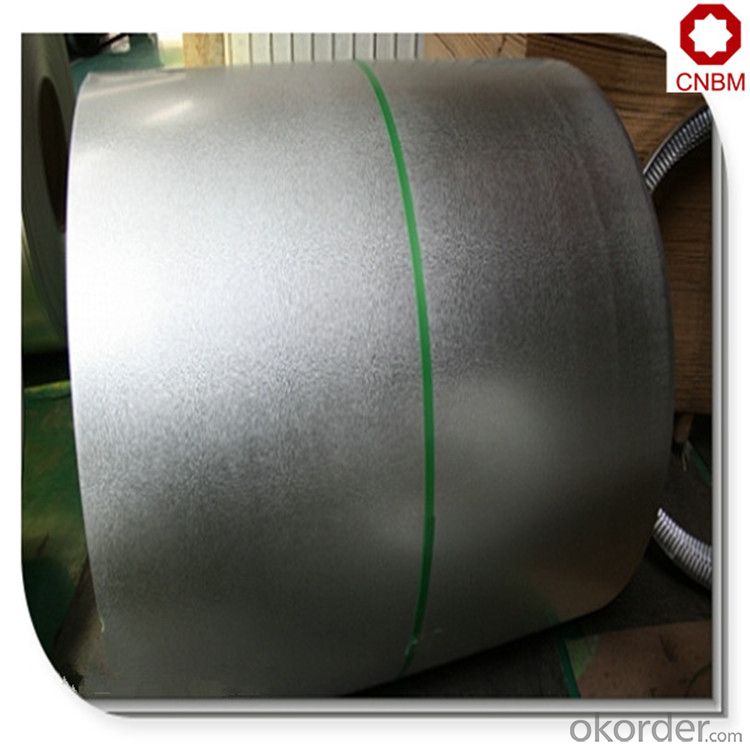
FAQ
Q: How do you guarantee the quality of your product?
A: Every process will be checked by responsible QC which insures every product's quality.
Q: How much is your delivery time?
A: Normally within 30 days of receipt of LC original or prepayment, but mostly according to the specific requirements or the quantity
Q: I need sample, could you support?
A: We can supply you with the sample for free, but the delivery charges will be covered by our customers. For avoiding the misunderstanding, it is appreciated if you can provide the International Express Account for Freight Collect. Also you can have a visit to us, welcome to CNBM!
- Q: I just bought some cheap earrings from this beauty supply store but they said surgical steel So will they prevent my ears from bleeding / infection ?
- Surgical steel is a grade of steel often used in medical appliances like tweezers, forceps, etc. It's generally non-reactive and considered very safe. It doesn't contain any special properties against infection--you still have to observe basic hygiene and clean your piercings properly--but most people can wear surgical steel earrings without a problem. However, if you have a contact allergy to base metals like nickel, surgical steel may cause redness or irritation because of the metals used in it. If cheap rings or necklaces make your skin break out in a rash you should NOT wear surgical steel.
- Q: What is the maximum width of steel coils?
- The maximum width of steel coils can vary depending on various factors such as the type of steel, manufacturing capabilities, and intended use. However, in general, steel coils typically have a maximum width of around 2,200 millimeters or 86.6 inches. This width is commonly used in the steel industry for standard-sized coils. It is important to note that specialized steel coils or custom manufacturing processes may allow for wider widths, but these would be less common and may require specific equipment or processes.
- Q: Describe and explain how the differences in the properties of the thee main types of steel allow them to be used in different ways. I have some chemistry homework due in for tomorrow (yes I know i left it a bit late but I really don't like chemistry) and I would love it if I could actually at least pretend to my teacher that I know what she's on about this lesson because honestly, I really don't know what she spends so long telling us all. Any help would be appreciated and points for the best answer!
- Hi, Three Main Types of Steel: 1. Carbon Steel Used in making axes, swords, scissors,cutting tools, vehicle frames. Depends on the % of carbon used how soft the steel will be. 2. Stainless Steel Used in the making of crockery, wrist watches, kitchen utensils, cutlery and surgical equipment. Contains different 11% chromium and some % of nickel. 3. Alloy Steel. Used in making drilling parts, vehicle airplane parts. Stainless steel is also alloy steel but, alloy steel with % of other metals is classified separately.
- Q: What are the challenges in coil slitting?
- Coil slitting, a method used to divide large metal coils into narrower strips of desired widths, has its advantages in terms of efficiency and flexibility. However, it also comes with several challenges. One of the primary obstacles in coil slitting is the need to ensure consistent strip width accuracy. To achieve this, it is crucial to maintain uniform width measurements throughout the process. Any deviation in strip width can have downstream effects on the production line, impacting the quality and functionality of the final product. Overcoming this challenge requires the use of precise slitting equipment and careful monitoring of process parameters. Another challenge lies in managing the quality of the strip edges. The edges of the slit strips play a critical role, particularly in applications where they must be free from imperfections like burrs. Attaining clean and smooth edges necessitates proper blade selection, positioning, and maintenance. Any defects or irregularities on the strip edges can affect subsequent processes such as bending, welding, or coating. Additionally, the type of material being slit can pose challenges. Certain metals, such as high-strength steels or alloys, may be more difficult to cut due to their hardness or brittleness. Slitting these materials can result in blade wear and premature failure, leading to increased downtime and maintenance costs. Moreover, the presence of contaminants or surface defects on the coil can also impact the slitting process, requiring additional cleaning or preparation steps. Handling and processing large coils present another significant challenge. Coils can be cumbersome and heavy, necessitating proper equipment and procedures to ensure safe handling. Furthermore, the slitting process generates a significant amount of scrap material, which needs to be efficiently managed and disposed of. Proper storage, transportation, and recycling of the scrap are essential to minimize waste and maintain a clean and organized working environment. In conclusion, coil slitting offers benefits in terms of customization and productivity. However, it also poses challenges in maintaining strip width accuracy, managing edge quality, dealing with difficult materials, and handling large coils and scrap. Overcoming these challenges requires expertise, precision equipment, and careful process control to ensure the desired quality and efficiency in coil slitting operations.
- Q: How are steel coils used in the production of electrical wiring?
- Steel coils are used in the production of electrical wiring as a core material for the conductors. The steel coils are typically shaped into a cylindrical form and coated with an insulating material. This helps in providing structural support to the wiring and also enhances its conductivity and durability.
- Q: Does the solution change, or does only the steel wool change color?
- once you upload water to anhydrous copper(II) sulphate it turns blue because of the fact that's going to become hydrous copper(II) sulphate. Then, in case you upload water greater, that's going to proceed to be blue, could be slightly darker.
- Q: How are steel coils stored and transported?
- Steel coils are typically stored in warehouses or outdoor storage yards. They are usually stacked horizontally, one on top of the other, with wooden or steel supports placed between each coil to prevent damage. When it comes to transportation, steel coils are usually loaded onto flatbed trucks or shipping containers using cranes or forklifts. It is important to secure the coils properly during transportation to prevent any shifting or damage.
- Q: How are steel coils used in the production of storage systems?
- Steel coils are used in the production of storage systems as they are transformed into various components such as beams, columns, and shelves. These components are then assembled to create the framework and structure of the storage systems, providing strength, stability, and durability to store items efficiently.
- Q: What are the common thickness tolerances for steel coils?
- The common thickness tolerances for steel coils usually range from +/- 0.001 to +/- 0.005 inches, depending on the specific industry standards and customer requirements.
Send your message to us
Gavanized steel coil in hot dipped low price DX51D+Z
- Loading Port:
- China main port
- Payment Terms:
- TT OR LC
- Min Order Qty:
- 25 m.t.
- Supply Capability:
- 35426 m.t./month
OKorder Service Pledge
OKorder Financial Service
Similar products
Hot products
Hot Searches
Related keywords
